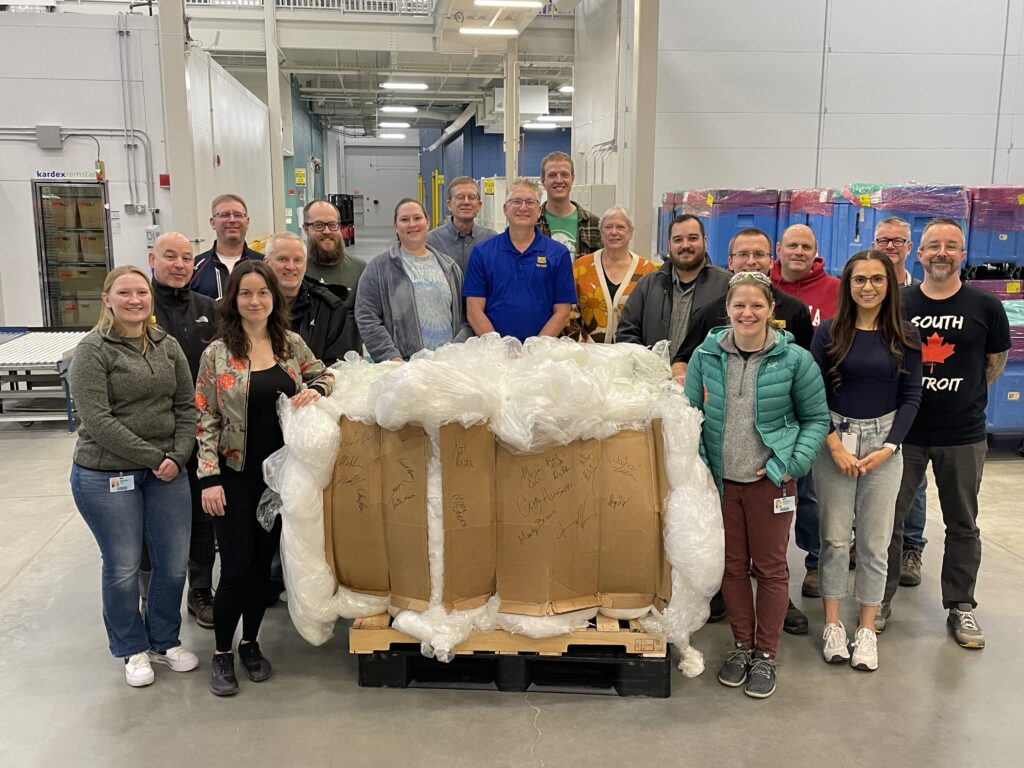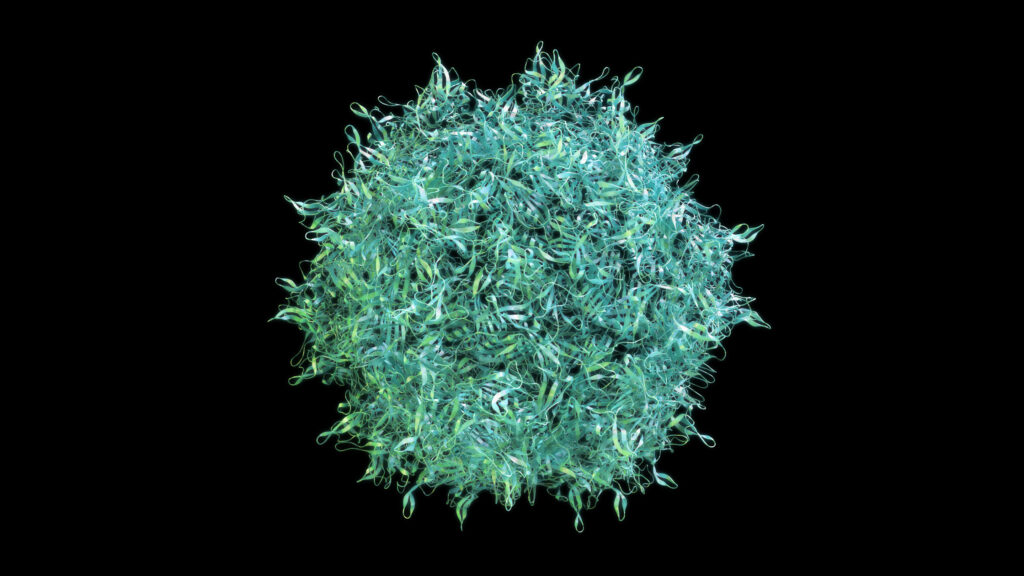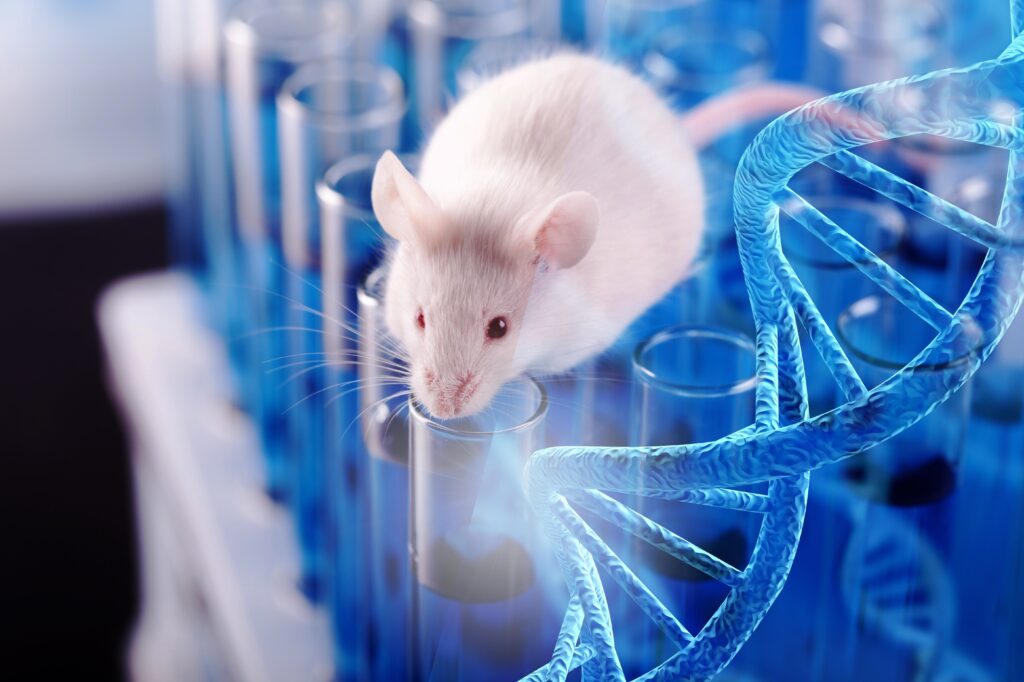
In the Spring of 2015, greenhouse tomato plants grown in Jordan presented with a mosaic pattern of light and dark green patches on leaves, narrowing leaves, and yellow- and brown-spotted fruit (Salem et al. 2015). The pathogen was identified as a novel plant virus, the tomato brown rugose fruit virus (ToBRFV), and the original outbreak was traced back to the fall of 2014 to Israel (Luria et al. 2017). This newly emerging virus can infect tomato and pepper plants at any stage of development and greatly affect crop yield and quality. Furthermore, the virus spreads rapidly by mechanical contact but can also be spread over long distances by contaminated seeds (Caruso et al. 2022), and as of 2022 it had been detected in 35 countries across four continents (Zhang et al. 2022). Compounding its transmissibility, is the ability of the virus escape plant genetic resistance to viral infection (Zhang et al. 2022). There are seven host plants for the virus, including some common grasses and weeds, which could act as a reservoir for the virus, even if it is eliminated from commercial crops. Some researchers consider ToBRFV to be the most serious threat to tomato production in the world.
Continue reading “Automated Sampling and Detection of ToBRFV: An Emerging Tomato Virus “







